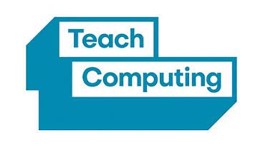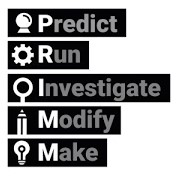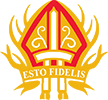Computing
Subject co-ordinators: Mr Jacobs
Intent
We strive for all children to develop a strong, flexible knowledge of computational thinking so they can better understand the ever-changing world of technology. Using the Teach Computing scheme as a structure, teaching is planned to create deep links across the curriculum, through units on: systems and networks; creating media; data and information; programming. From their entry to school in Reception to when they leave in Year 6, our approach to Computing ensures that pupils become digitally literate in order to embrace the digital world we live in today.
Curriculum
As a school we follow the Teach computing scheme of work, where learning is sequenced to develop mastery of skills and knowledge, and combined with enrichment opportunities such as cross curricular opportunities with physical computing resources. We had adapted the PRIMM approach to computational thinking to ensure we are problem solvers in all areas of the computing curriculum.


Computing Strands:
Computer Science
- Design, write and debug programs that accomplish specific goals, solve problems by decomposing them into smaller parts.
- Use logical reasoning to explain how some simple algorithms work and to detect and correct errors in algorithms and programs.
- Understand computer networks including the internet; how they can provide multiple services.
- Use sequence, selection, and repetition in programs; work with variables and various forms of input and output.
Digital Literacy
- Use technology safely, respectfully and responsibly; recognise acceptable/unacceptable behaviour; identify a range of ways to report concerns about content and contact.
- Use search technologies effectively, appreciate how results are selected and ranked, and be discerning in evaluating digital content.
Information Technology
- Select, use and combine a variety of software (including internet services) on a range of digital devices to design and create a range of programs, systems and content that accomplish given goals, including collecting, analysing, evaluating and presenting data and information.
Challenge
Using the three computing stands, children develop their computing skills when working on the curriculum so that every learner feels appropriately challenged. Children develop their fluency and accuracy in touch-typing and are taught valuable keyboard skills and shortcuts to ensure efficiency. Programming across the year groups allows progression of skills and ensures for problem solving, resilience and an ability to ‘think outside the box’ during debugging.
Encouraging computational thinking allows children to work through fluency tasks to practise their skills, consolidate their learning and apply the skills in a wider context. Fast-paced lessons in these small steps ensure children can work at their own pace through challenges.
STEM
As a teaching staff, we strive to provide children with the opportunity to use physical computing resources such as: Beebots, Microbits and Data loggers. We provide extra curricular clubs which give children the opportunity to develop their coding skills and develop their problem-solving skills and create their own piece of digital media.
E-safety
E-Safety is crucial to our curriculum. We have weekly Internet safety questions which we use as a discussion in class and send home for parents to discuss each week. We understand that because of the digital world we live in, we must do all we can to promote the importance of safety on the Internet for all learners at St Polycarp’s.

